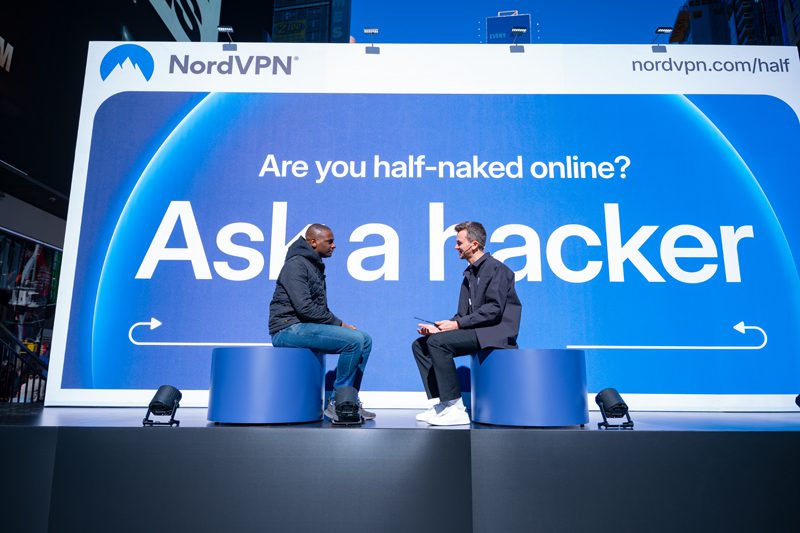When we talk about arbitrage, we so often think about it from a single point of view – the classic arbitrage scenario involving a single person spending money on one of the major self-service interfaces be it Google, Facebook, Pulse360, etc. In this scenario, the one doing the arbitrage generally doesn’t own the product. They may have built a simple web page but outside of its use in converting traffic more effectively, it serves only a transitory purpose. The classic arbitrager doesn’t fulfill only facilitates. That isn’t to say that some who start off as classic arbitragers don’t become something greater. A handful began running a certain type of offer only to create their own version of it. Others not only created their own offer but decided to use that offer as the cornerstone for something more, namely a network. Going from traffic provider to offer owner has some similarities, but for the most part the two sides appear at odds, as though being good at one means not being good at the other. Chances are though, that a start in traffic leads to a pretty decent success rate in creating an offer.
Those who create and run flogs have taken the first step towards creating an offer. The pages they built take a little more work than the average jump page, which judging from the level of sophistication take a designer an hour or two to make and minutes to turn into html. The flog sites on the other hand generally require a greater level of work, both in image creation / manipulation and the coding behind the site. Saying they don’t qualify as an offer is splitting hairs, because the page that is built is run on various web outlets. In that regard, floggers are advertisers, but we don’t quite think of them as true offers. They aren’t collecting any data, managing even the simplest backend, or putting different pieces together. And, it’s not that they necessarily lack the ability. I think many who could don’t necessarily think that they could. They perhaps set the bar for entry higher than it needs to be because of a) their experiences buying from competitive inventory sources like Google and Facebook, and b) their perception that offers must both be high paying and complex.
Both of those assumptions have their weaknesses, and both belief about the inventory and the offers come into question when we stumble across one of the never say die, long tail of display.

Now, you might look at this page and think, there aren’t that many ads – a few medium rectangles, a leaderboard, a sky, and two alternative sizes. Ah, but you haven’t scrolled down to see the bottom half (and by bottom half we mean just one portion of the bottom half).

Similarly, you might look at these pages and notice the decent level of ad campaigns running. That says less about this site than the world of ad networks who routinely show branded dollars on sites that media planners behind the campaigns would 100% approve. In these cases, the networks have more impressions than they can fill on the premium inventory, and showing them across the network both helps them fulfill the campaign and lift the yield to the publisher. For most publishers, that lift should give the network a greater percentage of the inventory, but as we see here, on the long tail, at best that lift might mean placing the ad code a little higher on the page. Regardless of the intricacies behind the sites choice of placing which code where and the networks decision to run campaigns in places they probably shouldn’t, almost everything about this site screams opportunity. Why?
- The first reason is what we like to refer to as "Where there is smoke there is fire." While aesthetically challenged, this site receives a decent amount of traffic (almost 1mm visitors a month). That’s pretty good for one servicing a community on the decline. The better news is that unlike Yahoo or MSN, there are any number of these sites or similar out there. Do a little digging, and you will end up with a list of 20 to 50 and a traffic audience in the tens of millions.
- The second reason why we like these sites is because in so many ways, they were meant for us. Frankly, it’s a pretty crappy audience. No brand is really going to want their ad to appear here even though some do accidentally. This is as remnant as it gets, and who better to monetize remnant than performance marketers. It’s the performance marketers that can sift through traffic that has audiences outside of the immediately brandable and/or monetizable, that can craft catchy services, and become not just the advertisers but like they’ve shown with Facebook Apps, the networks themselves.
So, just when quality score gets us down, the glut of inventory can pick us back up again.



